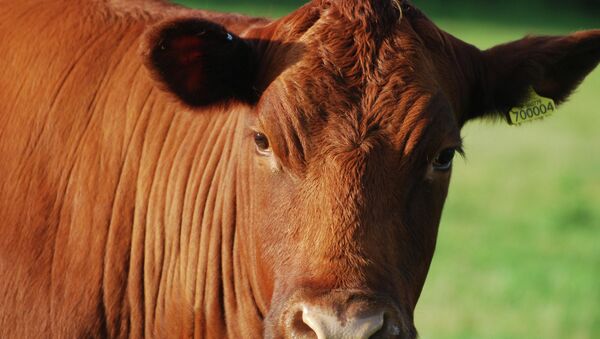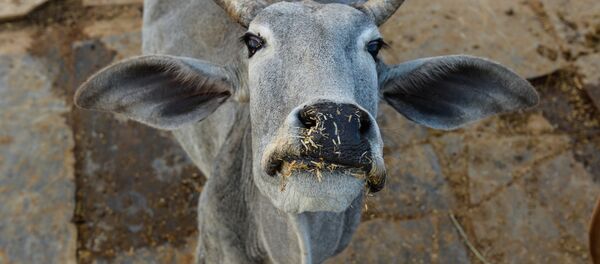Each tag is made of a thermoplastic polyurethane elastomer that is intended to be lightweight, unobtrusive, tamper-proof, and long-lasting. Each tag also will have a 12-digit identification number similar to the Aadhaar ID, India's national identification number project. Technicians will affix the tag with a special tool, then give the cattle's owner a card recording the UID, owner name, breeding details, and deworming and vaccination status. All the information will be collected in an online database.
The project is meant to improve vaccination frequency and overall health of India's cattle, to ensure good breeding and high milk production. Prime Minister Narendra Modi prompted the project, which began with the new year. The Indian government estimates that the project will lead to a doubling of the size of India's dairy industry by 2022.
Each tag costs 8 rupees (0.12 USD) to make, and 88 million tags must be made. The expense of tag production alone is 704 million rupees ($10.4 million). The entire project is set to cost some 1.5 billion rupees.
In 2007, the West Bengali government began to issue identity cards for cattle to prevent them from being smuggled across the border to Bangladesh.
In addition, the Indian federal government is spending 594 crore to sort cow semen and increase the number of milk-producing female cows. When the program is ready to begin in 2019, India hopes to produce six million "genetically improved" females annually.
Over 30 percent of all the world's cattle lives in India, making it by far the largest cattle producer in the world. However, since cows are sacred animals in Hinduism (the religion of 80 percent of India's population) beef consumption in India is low. Some Indian states have made the slaughter and sale of cows a prison offense.



